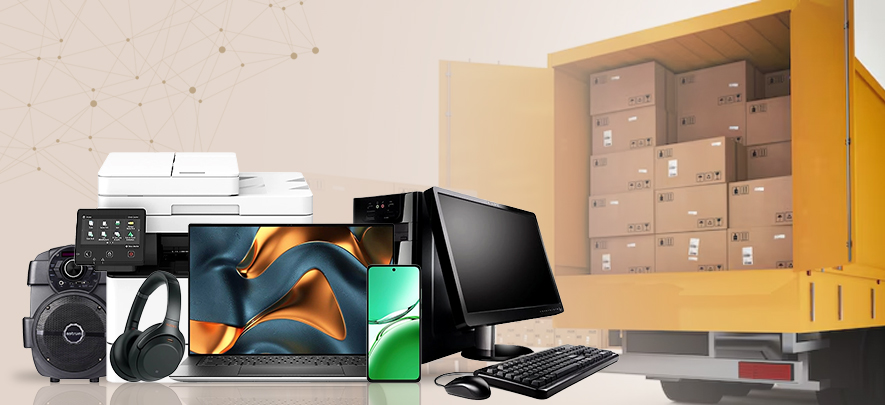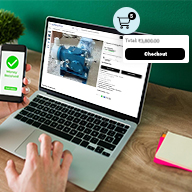Best Practices for Procurement of IT Products

Digital & Technology
13 week ago — 5 min read
Choosing the right IT products is critical for business efficiency, cybersecurity, and long-term scalability. With an overwhelming number of options—from laptops, printers, scanners, and networking equipment to storage devices—businesses must make strategic IT procurement decisions to avoid compatibility issues, hidden costs, and security risks. A well-planned procurement strategy ensures cost-effective, future-proof, and high-performance IT investments. In this guide, we share expert-recommended best practices to help businesses optimize their IT purchasing process and maximize ROI.
1. Assess Business Needs
Before making any IT purchases, conduct a thorough assessment of your organization’s requirements. Identify essential hardware and software, ensuring they align with your operational needs and long-term goals. Consider factors such as scalability, integration with existing infrastructure, and potential future upgrades to avoid frequent replacements.
2. Set a Clear Budget
Establishing a well-defined budget helps manage IT procurement costs effectively. Factor in not just the upfront purchase price but also long-term expenses such as maintenance, software licensing, cloud storage, and security updates. A strategic budget prevents overspending while ensuring you invest in reliable, high-performance technology.
3. Compare Vendors and Suppliers
Research multiple vendors to find reliable suppliers offering competitive pricing, genuine products, and strong warranty support. Prioritize authorized resellers and trusted brands to reduce risks associated with counterfeit or low-quality IT equipment.
4. Prioritize Quality and Compatibility
Invest in high-quality IT products that meet industry standards and seamlessly integrate with your existing systems. Compatibility issues can lead to inefficiencies and costly workarounds, so always verify specifications before making a purchase.
5. Check Reviews and Industry Ratings
Leverage customer reviews and expert ratings to assess the performance, reliability, and durability of IT products. Insights from businesses within your industry can provide valuable guidance on making informed procurement decisions.
6. Evaluate Warranty and Support Services
IT failures can disrupt business operations, making warranty coverage and technical support crucial. Choose products that come with comprehensive warranties and reliable customer service to ensure quick resolutions in case of technical issues.
7. Consider Energy Efficiency
Energy-efficient IT equipment helps businesses lower operational costs and reduce their environmental footprint. Look for certifications like ENERGY STAR to ensure that your purchases align with sustainability goals while cutting down on electricity expenses.
8. Ensure Data Security and Compliance
For software, cloud solutions, and storage devices, prioritize security features such as encryption, multi-factor authentication, and compliance with industry regulations (e.g., GDPR, ISO 27001). A security-first approach safeguards sensitive business data from cyber threats and regulatory penalties.
9. Negotiate Pricing and Bulk Discounts
If purchasing IT products in bulk, negotiate for better pricing, extended warranties, and added support services. Many suppliers offer bulk discounts, financing options, or service bundles that can lead to significant cost savings.
10. Leverage an Online Marketplace for IT Procurement
One of the most efficient ways to source IT products is through online marketplaces that offer a vast selection, competitive pricing, and trusted supplier networks.
Explore GlobalLinker for IT Procurement
To streamline your IT procurement process, visit GlobalLinker, a trusted platform to procure IT products for your business.
Conclusion
By following these best practices, businesses can make informed IT procurement decisions that enhance operational efficiency, reduce costs, and ensure long-term success. Whether upgrading infrastructure, investing in cloud solutions, or improving cybersecurity, a strategic approach to IT procurement is essential for sustained growth in the digital era.
Posted by
GlobalLinker StaffWe are a team of experienced industry professionals committed to sharing our knowledge and skills with small & medium enterprises.
View GlobalLinker 's profile
Most read this week













Comments
Share this content
Please login or Register to join the discussion